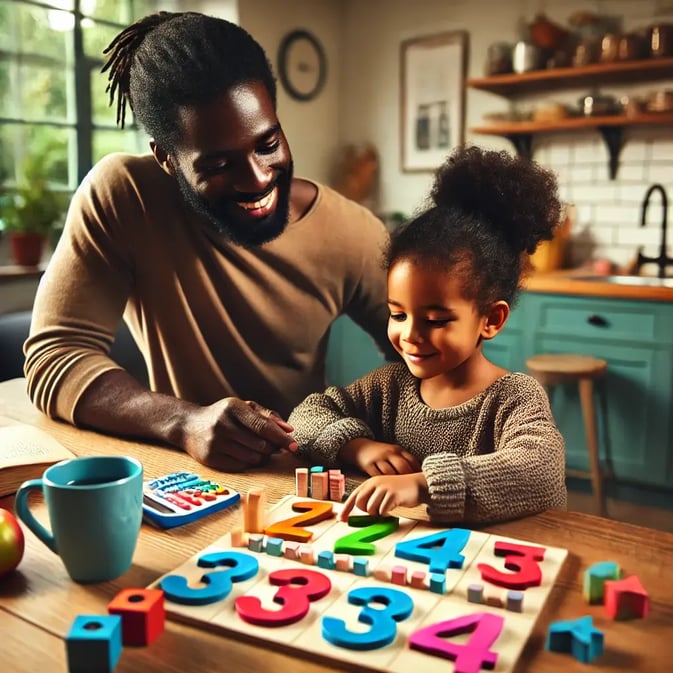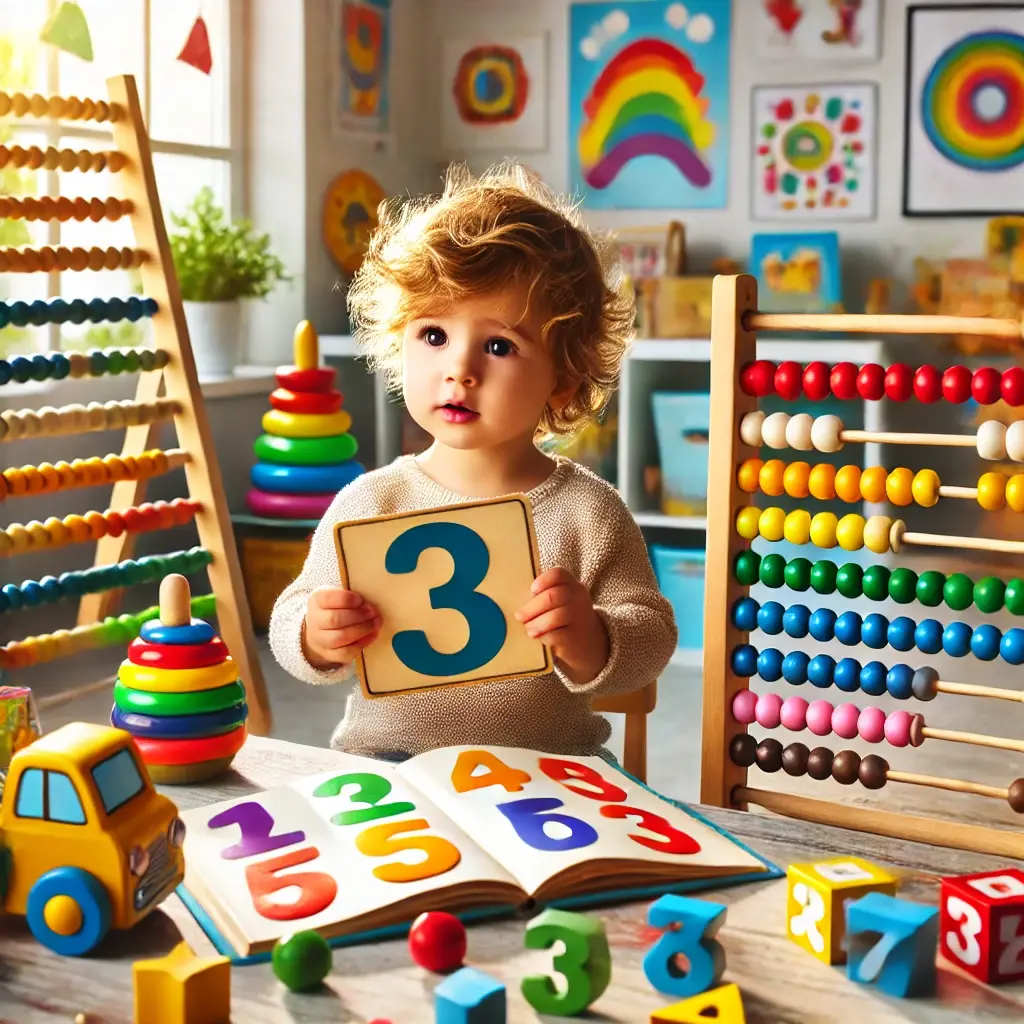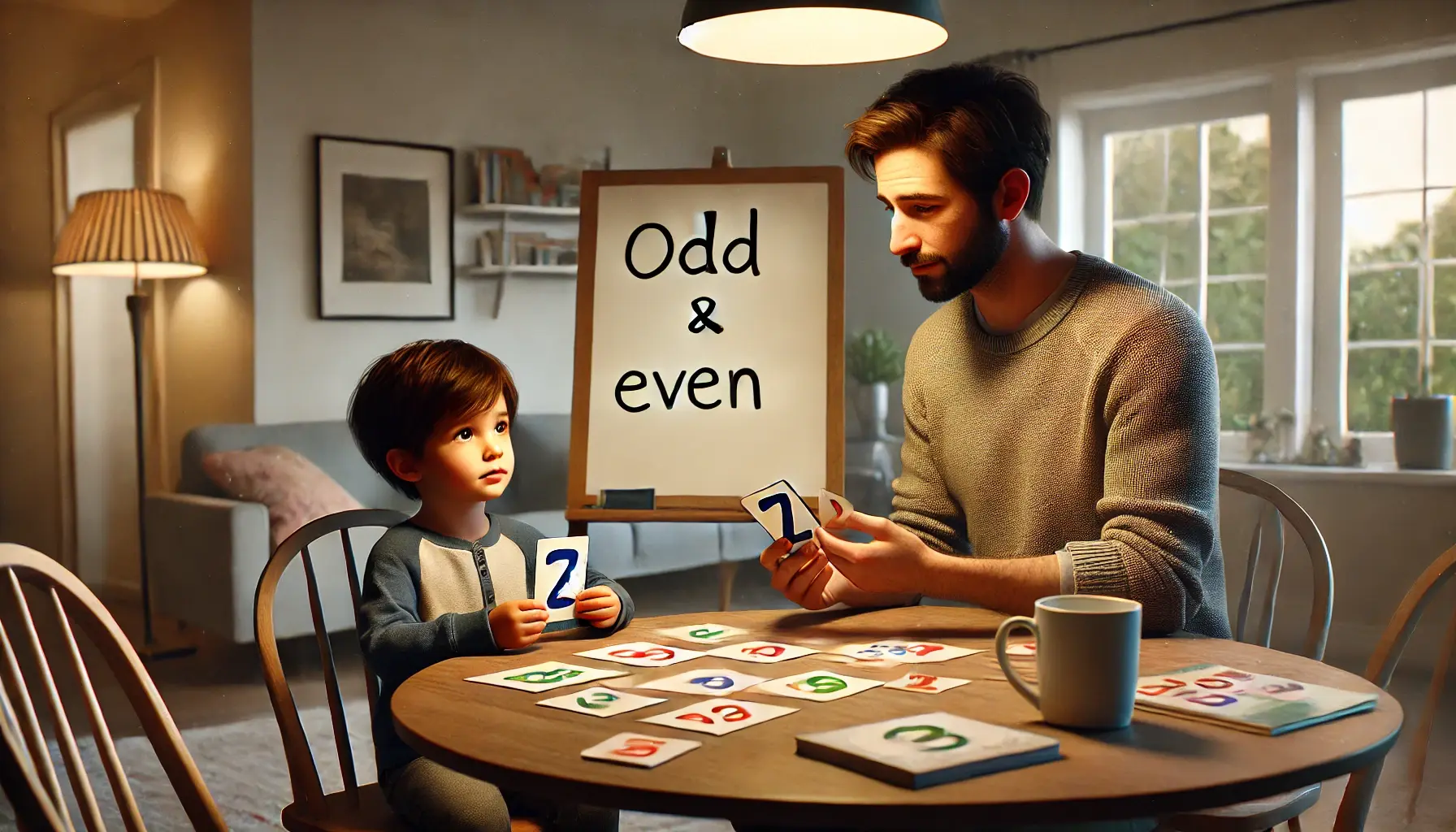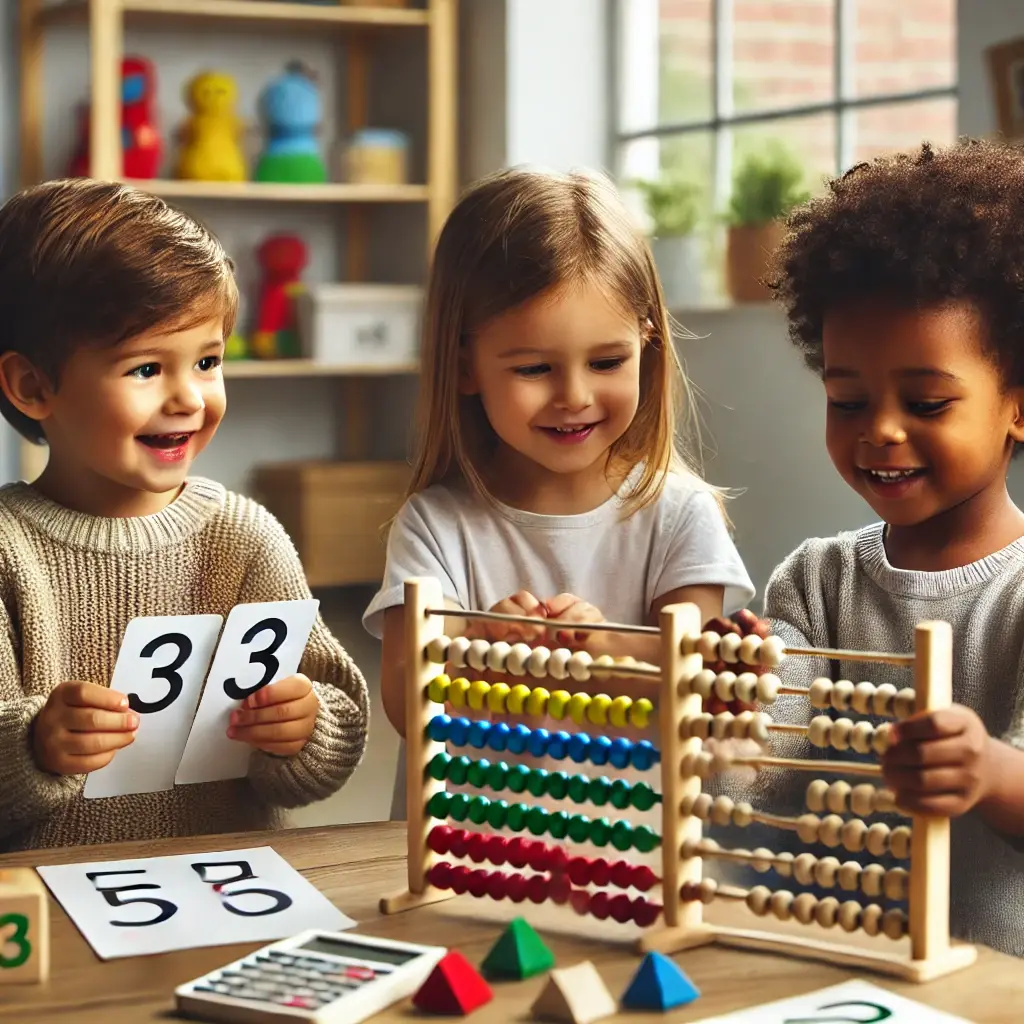
Understanding place value is very important for developing a foundation for numerical comprehension. Place value teaches the value of each number's placement and the reason behind it. Place value also teaches kids that numbers are built up of parts (ones, tens, hundreds, etc.). They’re not just isolated numbers. Without place value, understanding bigger numbers becomes very confusing.
Place value comprehension also helps facilitate problem-solving and makes mental math calculations smoother and simpler. With that said, this article aims to help you understand how to teach place value effectively using various strategies, activities, games, and additional resources. Let’s get started.
Overview of Place Value
So, what is place value? Place value is the value a number holds based on its placement. We have a base 10 system where we jump from ones to tens to hundreds and so on. Let’s look at an example: 549 represents 500, 40, and 9. How do we know that? Well, because we know that 5 represents the hundreds place, 4 represents the tens, and 9 represents the ones place. If we didn’t understand that the 5 represents hundreds, then this number wouldn’t make much sense to us. If anything, this number wouldn’t contain any value at all if we didn’t have a place value system. It’s useful to start teaching your child this process early, so they better understand the numerical value. Below, I will list a typical age range when children begin to learn place value. I want to mention that every child learns differently and at different paces, and that is okay. This is just a tool to help.
- Ages 5-6: At this age, children are introduced to counting up to 20. Kids begin to understand things are made up of tens and ones. This is where visuals can be a big help.
- Ages 6-7: This is when kids begin to understand better place values because now, counting up to 100 is more common. This is when they begin using place value charts in school to identify ones, tens, and now hundreds.
- Ages 7-8: At this point, kids are expanding their place value knowledge up to 1,000. This is when their place value understanding gets applied to basic addition and subtraction.
Strategies for Teaching Place Value
1. Use Real-Life Examples: In many ways, place values are all around us. Whether that be with using money or measuring ingredients, in some way it can be applied to our daily lives. Help teach your child by pointing out place values in more everyday things such as money or even toys. Make learning relevant to your child so they would want to engage.
2. Introduce Place Value Concepts Gradually: It’s important to introduce place value concepts gradually so your child doesn’t get confused. The same way you start teaching them 1,2,3 before 8,9,10 is the same way you would teach ones, tens, and hundreds. Make sure your child is confident with single digits before adding in larger values.
3. Engage in Fun Activities: Children love hands-on activities. It's one of the best ways for them to learn. It’s important that we provide them with fun and engaging activities to keep them interested.
- Place Value Chart: You can create a chart with your child to represent numbers visually.
- Base Ten Blocks: These blocks are typically seen at school to help teach place values; they’re hands-on manipulations of ones, tens, and hundreds. These can be a really useful starting place.
- Place Value Games- Base Ten Block Challenge: You can use the base ten blocks to build numbers. Call out a number and have your child construct it with the blocks. This game reinforces the physical representation of place value.
Interactive Games to Reinforce Learning
1. Sorting and Matching Games
- Place Value Bingo: This sorting game is a fun twist on bingo where you can create a bingo board with various numbers in different place values (e.g., 547 or 342), and then you call out clues such as three hundred or seven ones. Your child has to mark their bingo board based on the clues.
- Place Value Match-up Cards: Use a set of cards with numbers and a separate set of cards for place values, then have your child match up the correct number with place value cards.
2. Number Puzzles
- Place Value Jenga: This one you can make from original Jenga blocks at home. Just add to your Jenga blocks different digits (300, 5, or 25), and each time your child pulls out a Jenga block, they have to place it in the correct spot in a place value chart.
- Place Value Puzzle: Create a puzzle where pieces are labeled with different place values and numbers. Your child’s job is to match the correct number to place value to complete the puzzle.
Tools and Resources for Teaching Place Value
1. Books
- "Place Value" by David A. Adler: This book breaks down complex ideas into simple language for young learners to understand place value.
- "Sir Cumference and All the King's Tens" by Cindy Neuschwander: This book is part of a series and focuses on place value in a folktale narrative.
- "The Place Value Game" by John Perritano: This book is also part of a series that helps kids better understand place value.
2. Flashcards
- "Carson Dellosa Place Value Flash Cards"
- "Trend Enterprises Place Value Flash Cards"
These first two flashcards are both useful visual representations of learning place value. - "Learning Resources Place Value Discs": This is a bit different because instead of flashcards, they’re discs that have a similar purpose but offer a different tactile experience with learning.
3. Educational Apps and Websites
- Math Playground: Offers interactive place-value games.
- Education.com: Offers fun and engaging games with instant feedback.
- ABCya! Base Ten Fun: Uses Base Ten Blocks to teach place value online.
Try Genie Academy for Extra Support
Genie Academy is a well-known tutoring center that offers tutoring for core subjects like math, reading, and writing. It offers customizable curriculums for your child’s pace. Not only does Genie Academy provide workbooks that teach place value, but they also teach Common Core and abacus. Genie Academy also fosters a positive learning environment that will engage your child and encourage learning. Genie has 6 locations in New Jersey – Plainsboro, East Brunswick, South Brunswick, Hillsborough, South Plainfield, and Marlboro.
Common Challenges and How to Overcome Them
1. Difficulty with Abstract Concepts: It’s very helpful to use tangible objects so your child can visualize some of these concepts. The best way to start is using Ten Base Blocks. That way, your child can see how many ones and tens can go into hundreds. You can also create place value charts so they can better visualize and understand the role of their place values.
2. Maintaining Interest and Engagement: We want to not only make sure our kids learn but also want them to be engaged and interested. We can do that by incorporating various teaching methods such as a game, an online platform, and a workbook to diversify the lessons.
3. Dealing with Mistakes Positively: It’s important to create a positive learning environment where we invite mistakes so our kids can learn from them. Encourage an open dialogue about mistakes and how each mistake leads to mastery.
Conclusion
Learning place value is very important and lays the foundation for mathematical development. Place value is crucial for arithmetic, understanding large numbers, and problem-solving skills. It’s helpful to start teaching your child early so that they can begin basic math operations such as addition and subtraction. Not only can starting early help boost your child’s academic success, but it can enhance their confidence. As a parent, it is important to be encouraging and patient with your child. Not every method will work as well with one kid as it does with another, but do not worry—they will get it as long as you’re using positive reinforcement and celebrating their wins, big or small. If you ever need some additional structured support, Genie Academy is here to help.





